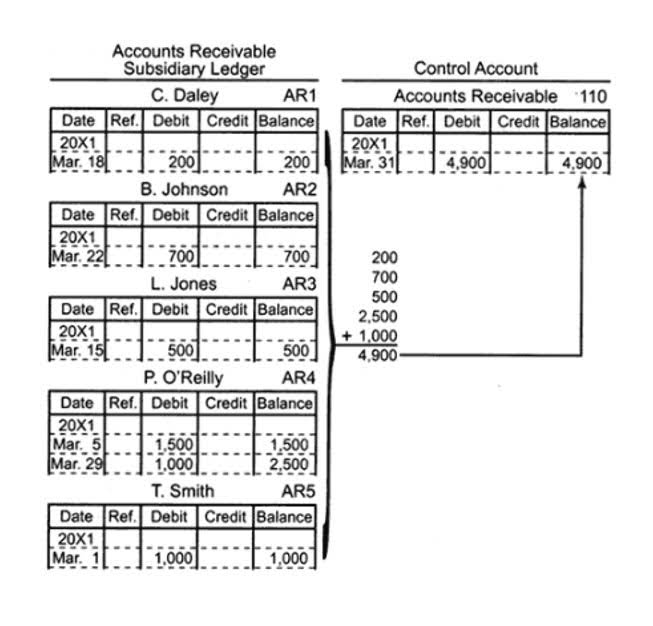
Solvency and liquidity are two different things, but it is often wise to analyze them together, particularly when a company is insolvent. A company can be insolvent and still produce regular cash flow as well as steady levels of working capital. Carrying negative shareholders’ equity on the balance sheet is usually https://www.facebook.com/BooksTimeInc/ only common for newly developing private companies, startups, or recently offered public companies. The shareholders’ equity on a company’s balance sheet can be a quick way to check a company’s solvency and financial health. In accounting, liquidity refers to the ability of a business to pay its liabilities on time. Current assets and a large amount of cash are evidence of high liquidity levels.

Are Solvency Ratios the Same for Every Company?

This is why it can be especially important to check a company’s liquidity levels lack of long-term solvency refers to: if it has a negative book value. Solvency portrays the ability of a business (or individual) to pay off its financial obligations. For this reason, the quickest assessment of a company’s solvency is its assets minus liabilities, which equal its shareholders’ equity. There are also solvency ratios, which can spotlight certain areas of solvency for deeper analysis. Both investors and creditors use solvency ratios to measure a firm’s ability to meet their obligations. The most common solvency ratios are the debt to equity ratio, debt ratio, and equity ratio.

Solvency Ratios vs. Liquidity Ratios: Examples
Liquidity refers to both a firm’s ability to pay short-term bills and debts and its capability to sell assets quickly to raise cash. Solvency refers to an enterprise’s ability to meet long-term debts and continue operating into the future. Solvency is fundamental to the sustainability and stability of any business. A solvent company can reassure investors, creditors, and stakeholders of its capacity to meet future obligations, thereby fostering trust and facilitating access to financing.
Liquidity Ratios
- Conversely, it shows how much assets would need to be sold in order to pay off the liabilities.
- The company has total assets worth $10 million, which include property, machinery, and inventory.
- Here, the liabilities surpass the assets by $1 million, indicating that XYZ Inc. is insolvent and might struggle to meet its long-term obligations.
- There are also other ratios that can help to more deeply analyze a company’s solvency.
- This jeopardizes its ability to continue operations and could lead to bankruptcy if the situation remains unaddressed.
- Solvency and liquidity are both vital for a company’s financial health and ability to meet its obligations.
- The interest coverage ratio measures the company’s ability to meet the interest expense on its debt, which is equivalent to its earnings before interest and taxes (EBIT).
While companies should always strive to have more assets than liabilities, the margin for their surplus can change depending on their business. There are several ways to figure a company’s solvency ratio, but one of the most basic formulas is to subtract their liabilities from their assets. If there is still value after the liabilities have been subtracted, the company is considered solvent.

What Is Solvency? Definition, How It Works With Solvency Ratios
- A comparison of financial ratios for two or more companies would only be meaningful if they operate in the same industry.
- Solvency portrays the ability of a business (or individual) to pay off its financial obligations.
- In extreme cases, a business can be thrown into involuntary bankruptcy.
- A company can be insolvent and still produce regular cash flow as well as steady levels of working capital.
Shaun Conrad is a Certified Public Accountant and CPA exam expert with a passion for teaching. After almost a decade of experience in public accounting, he created MyAccountingCourse.com to help people learn accounting & finance, pass the CPA exam, and start their https://www.bookstime.com/articles/accounting-for-medical-practices career. Customers and vendors may be unwilling to do business with a company that has financial problems.
A company that lacks liquidity can be forced to enter bankruptcy even if solvent if it cannot convert its assets into funds that can be used to meet financial obligations. The company’s current ratio of 0.4 indicates an inadequate degree of liquidity, with only $0.40 of current assets available to cover every $1 of current liabilities. The quick ratio suggests an even more dire liquidity position, with only 20 cents of liquid assets for every $1 of current liabilities. But financial leverage appears to be at comfortable levels, with debt at only 25% of equity and only 13% of assets financed by debt.
